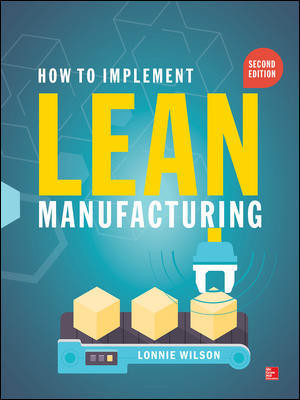NEW YORK—Generative AI has been taking the world by storm. The technology also promises to transform manufacturing. According to ABI Research, revenue added from the use of generative AI in manufacturing will reach $10.5 billion by 2033.
“Generative AI growth will derive from functionality and use cases across market verticals,” says James Iversen, manufacturing and industrial industry analyst at ABI Research. “Deployment will come in three waves as the technology matures, with manufacturing seeing the largest revenue growth during the second and third waves. [That’s when] generative AI will be deployed in four domains of manufacturing: design, engineering, production and operations.”
Product design will see the fastest mainstream deployment, with use cases such as generative design and MBOM (manufacturing bill of materials) and EBOM (electrical bill of materials) reductions. Engineering, production and operations use cases will take longer and require further maturity from generative AI providers, due to the complexity of the tasks and required model training.
According to Iversen, part consolidation will be one of the biggest benefits of design applications. Engineering applications will include tool path optimization and part nesting. Production benefits will include product quality root cause analysis and correction of bugged software code. Operations applications will include employee work path optimizations and inventory stock management.
“Manufacturers…should prioritize top-performing use cases, as they yield the highest returns and can be easily built out with existing generative AI capabilities,” claims Iversen. “Starting from the ground up, implementing these use cases will lay the groundwork for more extensive [applications].
“It is important not to jump the gun and develop high-functioning use cases that will see little implementation, as trust in generative AI will need to be built up before overhauling significant portions of current manufacturing operations,” warns Iversen.









